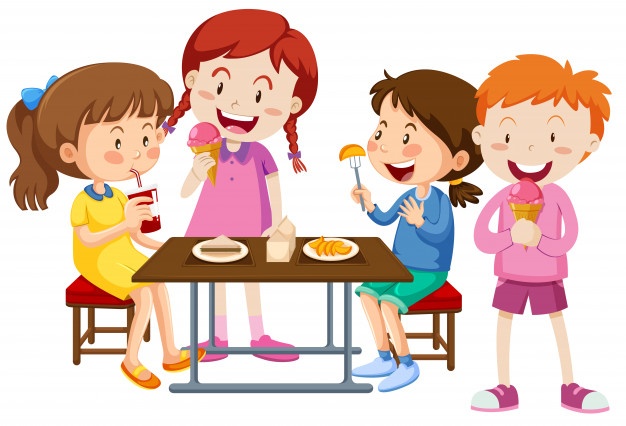Children are fussy eaters, especially toddlers. They can naturally sense foods that are healthy and don’t eat it, no matter how much you convince them. You always have to sneak food into their meals, and only mothers would know how difficult it is. When it comes to the winter season, you want your child to be all warm because winters can be harsh. Eating seasonal foods strengthen your child’s immunity as they are packed with vitamins and minerals.
Cold weather can weaken children s immune systems leaving them lethargic or prone to sickness. Apart from dressing them up warmly and encouraging them to do ample physical activities, we should ensure they have a wholesome diet comprising of healthy and nutritious food to ensure winter wellness and immunity against coronavirus.
The Winter season brings with it a colourful and rich palette of vegetables and fruits. So why not stack up these foods for winter to give that extra shot of energy and immunity to pull out through the winter months and covid virus too.
1. Winter Fruits:
Guavas, pears, kiwis, strawberries, oranges, grapes are all winter fruits along with apples, bananas, watermelon which are available throughout the year. Make the most of these seasonal fruits. The best you can do is cut out these colourful fruits and present them in an attractive way in a bowl! Be sure, kids are going to love them and ask them for more. If your child is a bit fussy about eating them raw, you could whisk them up with a little milk and make a delightful smoothy too ! !
2. Nuts and dried fruits:
Almonds, cashews, walnuts, raisins, figs, dates, cranberries are all available in the winter season. Dried fruit contains up to 3.5 times the fiber, vitamins, micronutrients, and minerals of fresh fruit weight for weight making it a healthier option. They are a powerhouse of nutrients and vitamins essential for kids required for their daily intake.
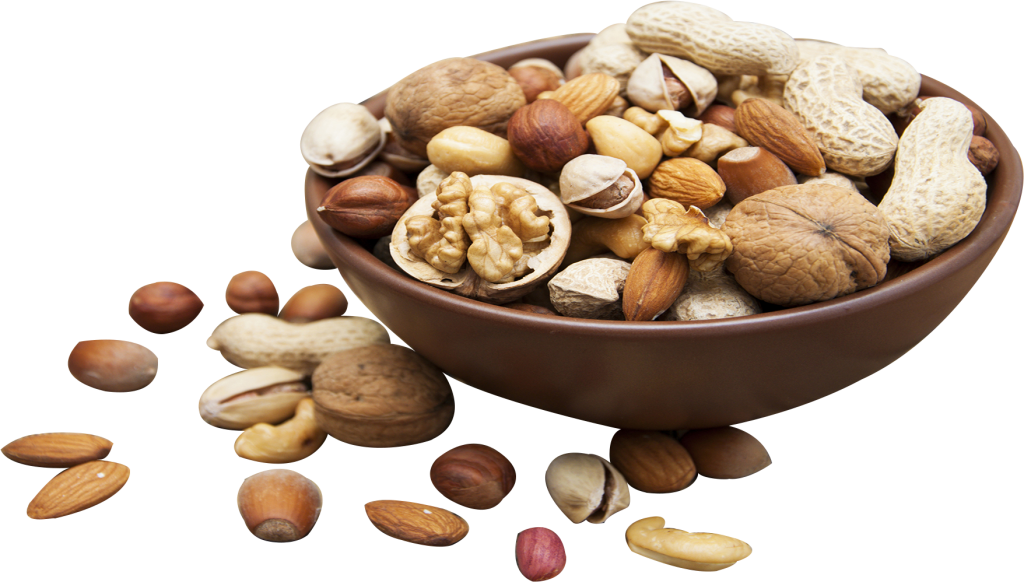
3. Green leafy vegetables:
Winter is the season of green leafy vegetables. You will find the freshest kale, spinach, and lettuce in the market. But your toddler won’t understand it and fuss overeating them. As a superwoman, you have to hide it in smoothies, pasta, and lasagna.
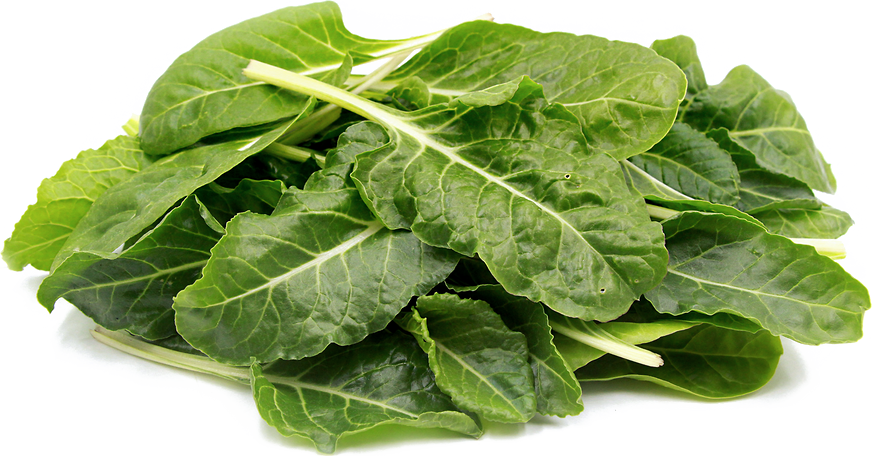
4. Winter Millets:
There is a reason why Bajre ki roti becomes such a hit during the colder months. Winter is the perfect time to indulge on hot bajra roti / khichdi. Bajra has a high source of iron, protein, fibre and hence acts as a long-acting source of energy that will keep you full for a longer time. Bajra accompanied with jaggery enriches the diet with iron and calcium.
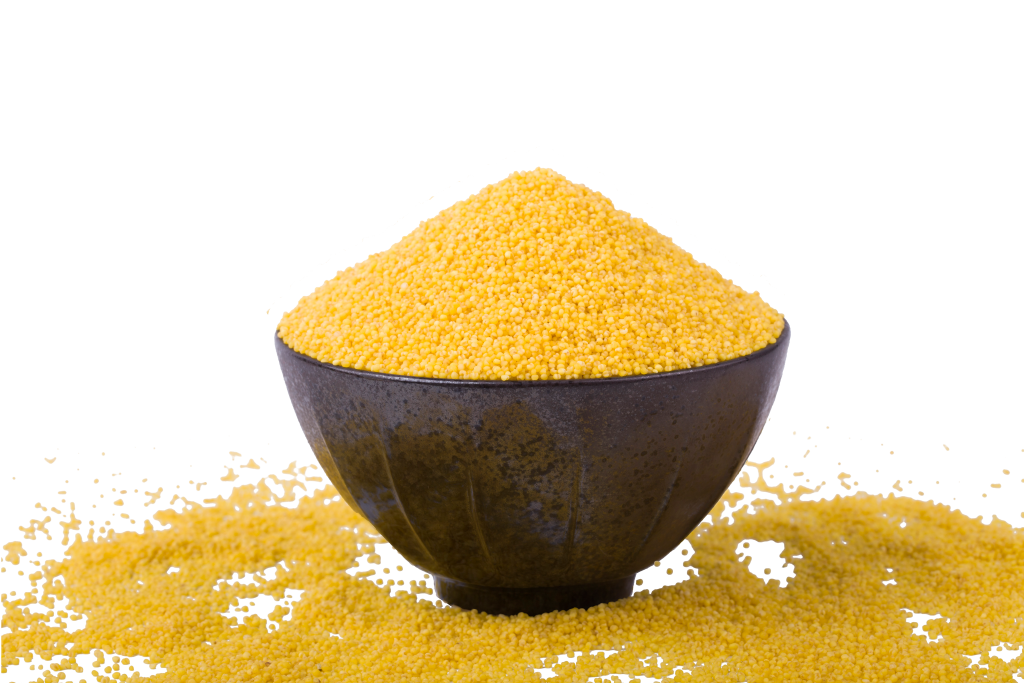
5. Dairy and meat products:
Milk, yoghurt, eggs and fish are great source of vitamin B12 and Vitamin D too which is very essential for everyone.
6. Fluids:
Maintaining a hydrated body is as important in winters as in summers. Make sure your child drinks plenty of water in winters, as children generally tend to drink less water in winters. Add juices like lemon water, ginger water, fresh juices of fruits and vegetables, smoothies etc. to compensate the less water intake. Definitely plan a bowl of soup out of their favourite veggies or a simple tomato or spinach soup will do.
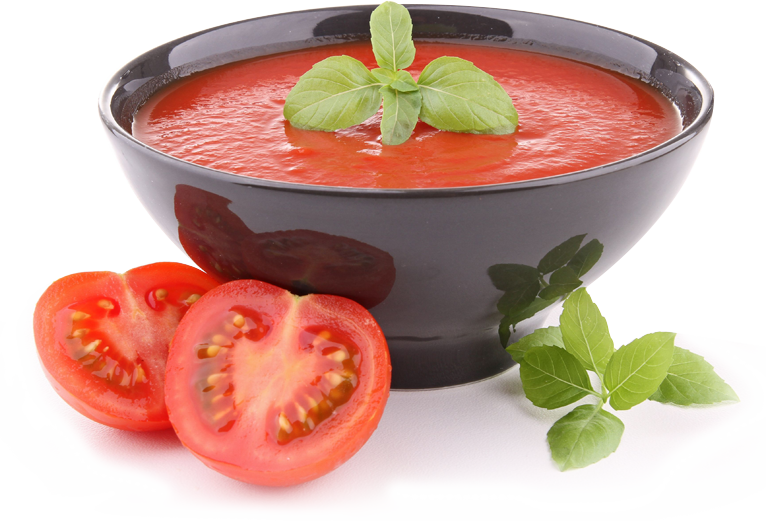
7. Sweet potato:
Sweet potato tastes the best in winters. Also, sweet potato is a healthier choice than potatoes. They have a lot of dietary fibre and is an excellent source of vitamin A. Your child will love sweet potato; all you have to do is just sprinkle some salt and pepper over it. Sweet potatoes are an excellent choice for finger foods for messy toddlers.
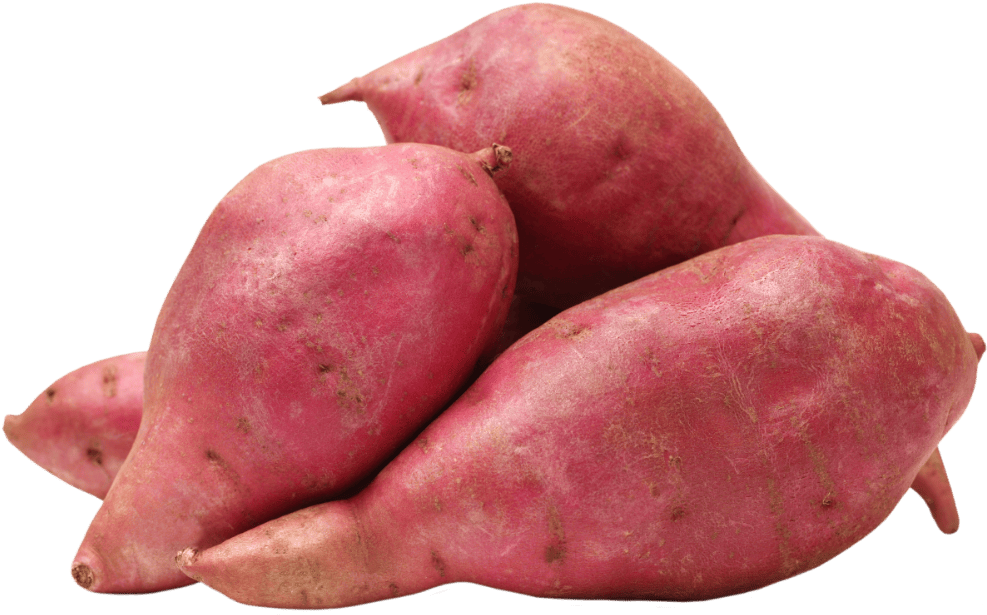
Don’t give up if your child rejects specific food on the first try. It takes babies around ten trials to get used to a flavour or taste. They mostly refuse it because of the texture, so you can try switching things around and changing textures.
For more resources for toddlers and preschoolers visit ProEves.

